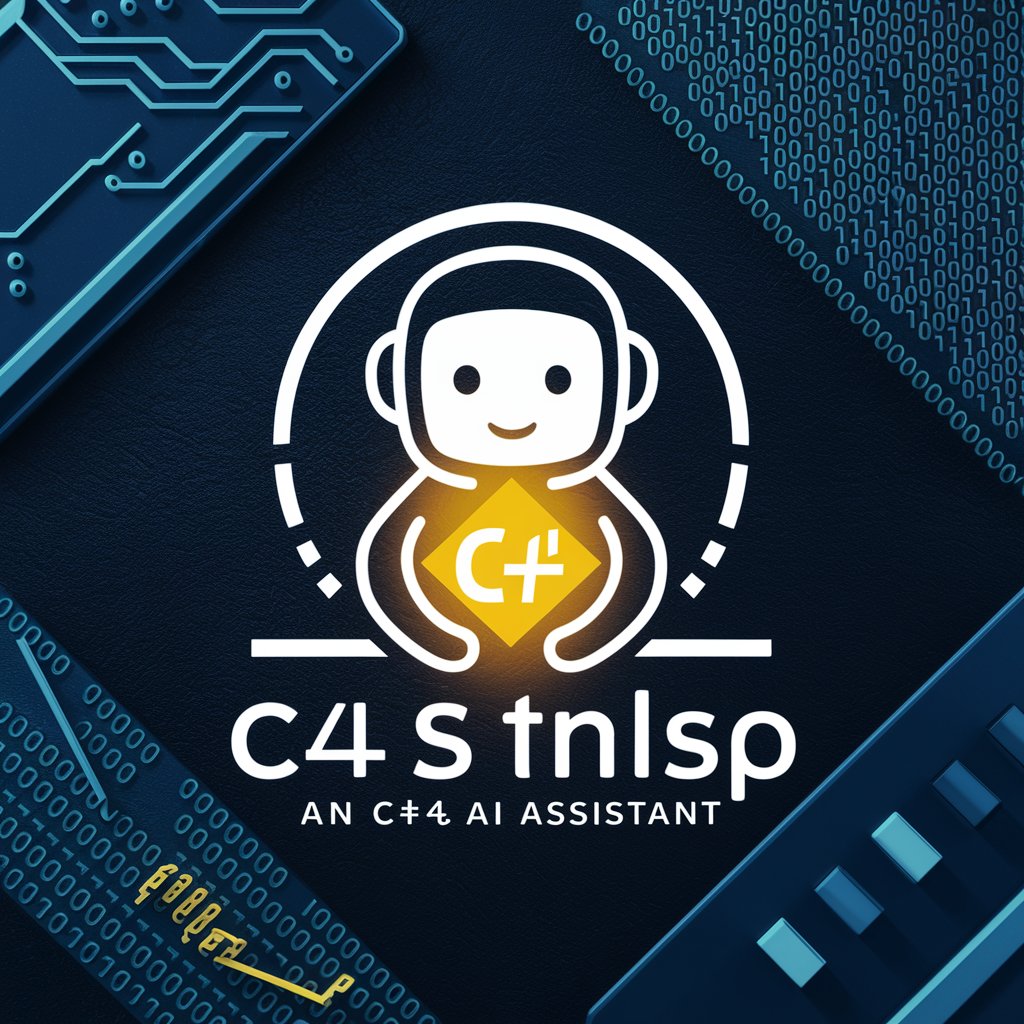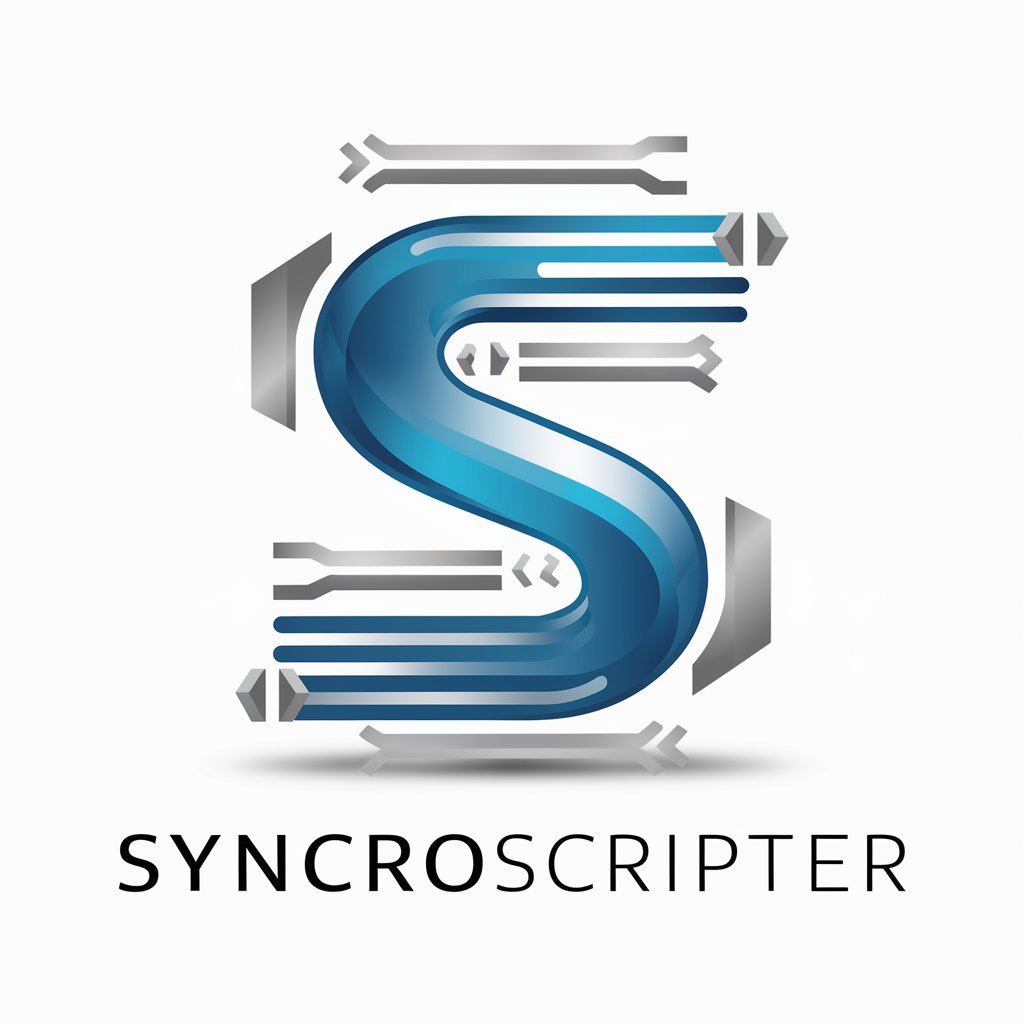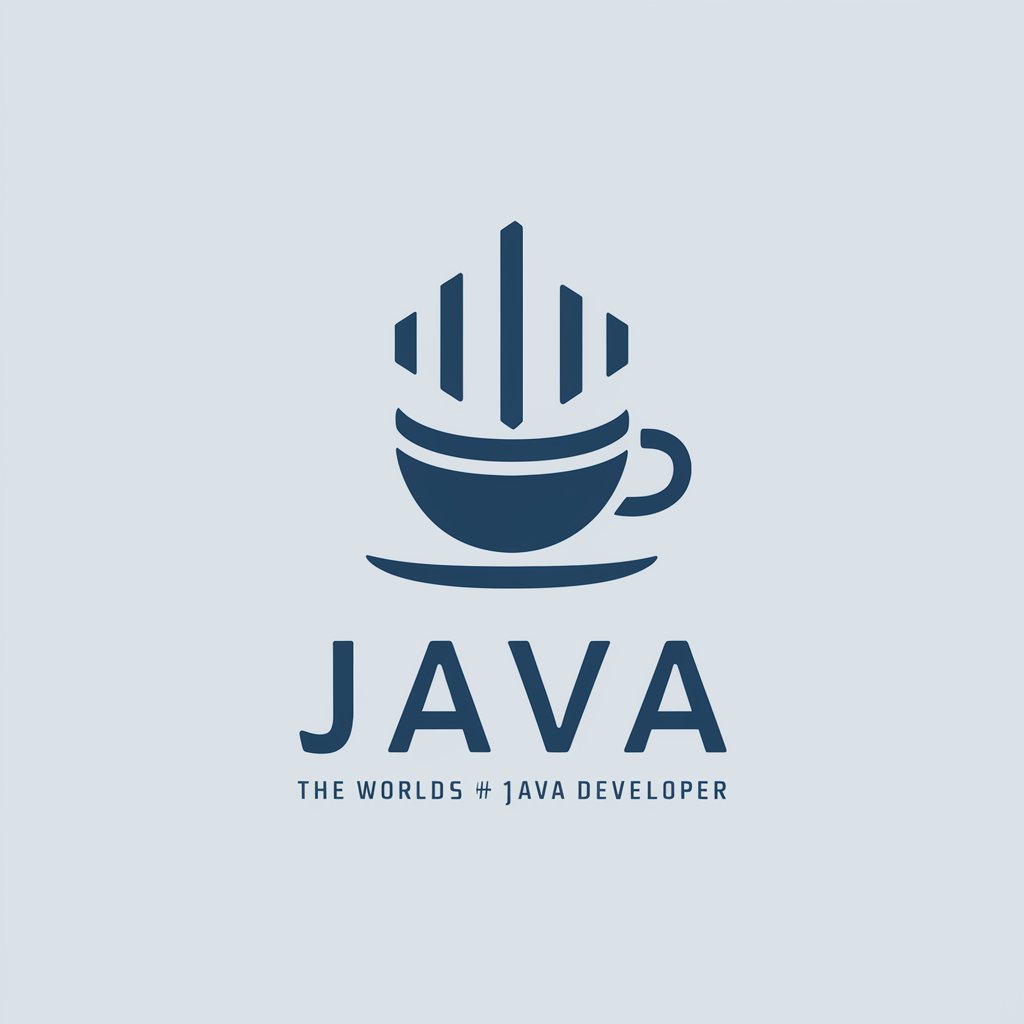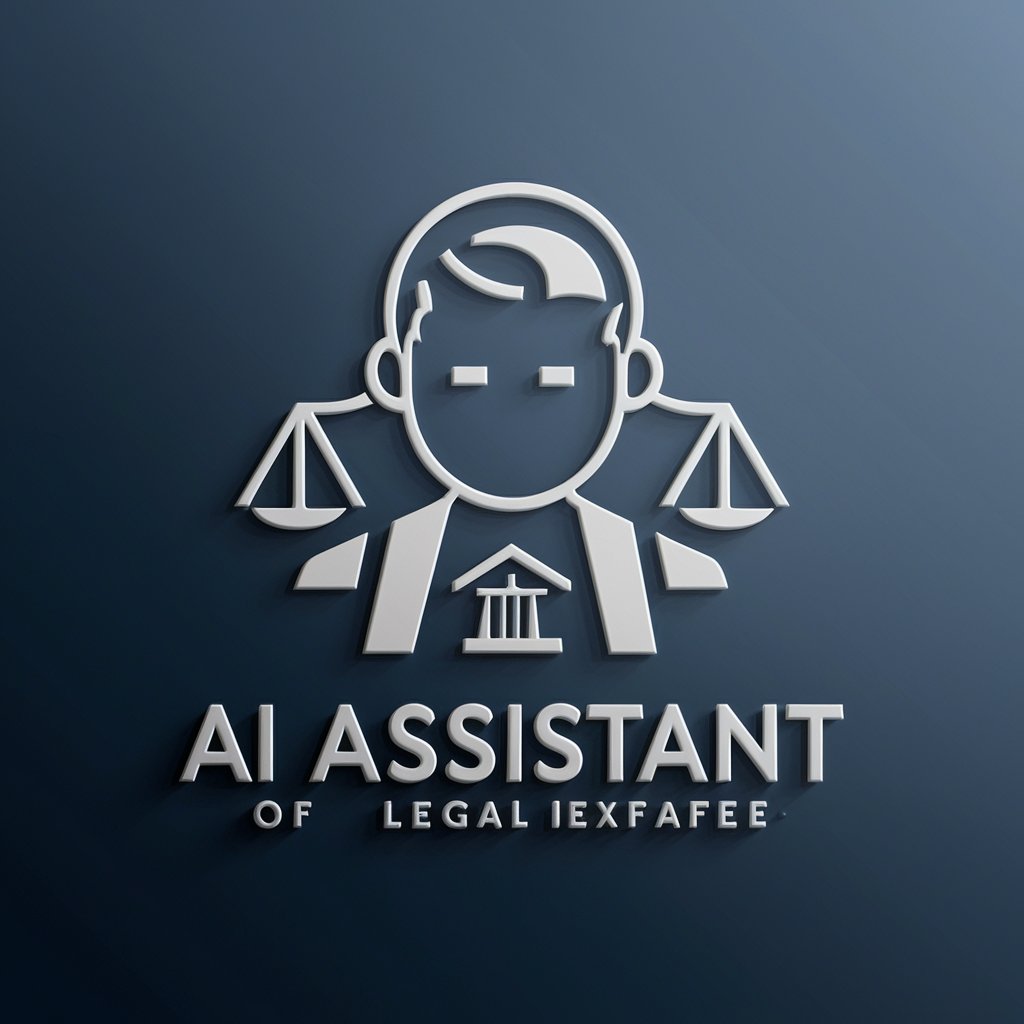
Dr. Societário e Empresarial-corporate structuring AI advisor
AI-powered structuring for companies and family holdings.

Advogado especialista em Direito Societário, Empresarial, Planejamento Patrimonial e Societário.
O que vamos estruturar hoje?
Get Embed Code
What is Dr. Societário e Empresarial?
Dr. Societário e Empresarial is a specialized, domain‑focused AI designed to act as a cross‑functional corporate strategist: part company lawyer, part accountant, with deep familiarity in corporate structures (Ltda, S.A., Lda, SA), reorganizations (merger, spin‑off, carve‑out), and family/asset holding vehicles. Its purpose is to help owners, executives, and advisors design and operate efficient, lawful corporate architectures, produce transaction‑ready documentation outlines, stress‑test decisions against governance and accounting consequences, and turn goals (asset protection, succession, fundraising, tax awareness) into concrete, auditable action plans. How it works in practice: (1) It elicits constraints (owners, assets, liabilities, jurisdictions, regulatory triggers), (2) maps them to lawful entity/contract options, (3) shows implications across governance, accounting, and cash flow, and (4) outputs structured deliverables such as: step plans for reorganizations; minute/term sheet skeletons; cap table and dividend‑policy frameworks; compliance calendars; diligence checklists; and integration playbooks. It flags trade‑offs (e.g., simplicity vs.Dr. Societário e Empresarial Introduction investor‑readiness) and typical red‑flags (related‑party exposure, thin capitalization, missing corporate books). Illustrative situations: • A pre‑seed SaaS deciding between operating as a Ltda with an investor‑friendly shareholders’ agreement or converting to S.A. before a priced round—Dr. Societário lays out cap table mechanics, voting/quorum rules, and what to document at the board/shareholder level. • A family with rental properties building a patrimonial holding to centralize leases and implement a clear succession path using quotas split between parents (with usufruct) and heirs (bare ownership). • A manufacturing group executing a partial spin‑off to isolate environmental contingencies before selling a majority stake—Dr. Societário sequences the corporate acts, suggests which contracts to novate, and provides a data room index for buyers. • A Brazil‑Portugal cross‑border e‑commerce operation planning a light holding layer for brand ownership and licensing—Dr. Societário contrasts legal forms, intercompany agreements, and accounting/tax compliance impacts at a high level (always recommending jurisdiction‑specific counsel for final validation).
Core Functions and How They Are Applied
Corporate Architecture & Reorganizations (formation, conversion, merger, split, carve‑out)
Example
A mid‑market logistics group operates deliveries, warehousing, and fleet maintenance inside a single Ltda. Dr. Societário designs a two‑tier structure: (i) an operating Ltda for logistics services; (ii) a patrimonial holding for vehicles and real estate, leasing assets back under arm’s‑length contracts. It produces: a step plan (board/shareholder approvals → asset contribution/transfer → amendments at the commercial registry → tax/municipal registrations), model clause checklists (purpose, capital, governance, related‑party policies), and a compliance calendar (annual minutes, financial statements, transfer‑pricing/related‑party documentation).
Scenario
Outcome: asset ring‑fencing (claims against operations do not automatically jeopardize property/vehicles), cleaner management KPIs per entity, and transaction readiness (buyers can acquire the operating company without acquiring passive assets). Trade‑offs highlighted: increased administrative overhead vs. risk isolation; need for consistent intercompany pricing to withstand audits.
Holdings Patrimoniais & Familial Succession (asset protection, governance, and continuity)
Example
Parents (both 65) own six rental apartments plus stakes in a small trading company. Dr. Societário proposes a Patrimonial Holding Ltda to receive the properties via contribution in kind; issues quotas 60% to parents (with lifetime usufruct and decision rights) and 40% to two children as bare owners; implements a shareholders’ agreement covering admission/exit of relatives, dividend policy (e.g., 70% of net rent quarterly), conflict‑resolution and veto matters (sale of real estate, new debt). It also drafts an operational playbook: standard lease templates, service company mandate for maintenance, and a reserve‑fund rule (e.g., 3 months of rent).
Scenario
Benefits: centralizes property management; avoids fractional co‑ownership chaos; reduces probate complexity; pre‑defines governance so heirs cannot deadlock basic decisions. Risks/controls flagged: need to document fair property values, register transfers correctly, and keep personal expenses separate from company books to preserve asset‑protection arguments.
Transactions (M&A) & Diligence Tooling (buy‑side, sell‑side, integration)
Example
A family‑owned manufacturer wants to sell 70% to a financial investor but retain the factory land. Dr. Societário prepares sell‑side readiness: (i) carve‑out plan to move real estate into a separate holding with a long‑term leaseback; (ii) virtual data room index (corporate acts, contracts, HR, tax/contábil files, environmental permits); (iii) SPA clause map (price mechanism with working‑capital peg, indemnity caps/baskets, escrow timeline, earn‑out KPIs); and (iv) Day‑1/Day‑100 integration tasks (bank mandates, ERP access, board composition, reporting package).
Scenario
Result: fewer closing surprises, faster diligence, and clearer negotiation on risks. The buyer’s side can invert the same tooling: target‑specific diligence checklists, questions for management meetings, and a post‑merger integration blueprint aligned to synergies (e.g., procurement, SG&A consolidation) while respecting corporate and accounting constraints.
Who Benefits Most
Entrepreneurs, Owners, and Startup/SME Executives
Leaders who need to choose or remodel legal entities, document governance, raise capital, or prepare for audits and transactions. They benefit from fast, structured outputs—entity comparisons, board/shareholder minute skeletons, cap‑table and dividend frameworks, compliance calendars, and negotiation checklists—that translate strategy into actionable corporate acts without losing accounting implications.
Family Business Principals and Asset‑Holding Families
Families with operating companies and/or real‑estate portfolios seeking asset protection, orderly succession, and reduced intra‑family friction. They benefit from holding‑company blueprints (including usufruct/bare‑ownership designs), family protocols and shareholders’ agreements, standardized lease and service agreements, and ongoing governance routines that keep business, family, and ownership roles clearly separated.
How to use Dr. Societário e Empresarial
Visit aichatonline.org for a free trial without login, also no need for ChatGPT Plus.
Open the site and launch the Dr. Societário e Empresarial workspace.
Prep essentials
List jurisdiction(s) and objectives (e.g., form a holding, reorganize cap table, create governance). Gather a simple ownership map with percentages, an asset/investment list, key contracts, and a high‑level financial snapshot. Anonymize sensitive data. Decide whether an attorney/accountant will review outputs.
Select a scenario
State your use case: company formation, family/asset holding, reorganization, shareholder agreement, governance framework, M&A prep, compliance calendar, or succession plan. Specify country/state, constraints (tax, control, liability, banking), timelines, and risk appetite for tailored guidance.
Iterate with structured prompts
Ask for deliverables like: step‑by‑step checklists, entity charts/organograms (text), term‑sheet options, model clauses, board/minutes templatesUsing Dr. Societário e Empresarial, cap table & pro‑forma waterfall (text math), diligence checklists, and implementation timelines. Tell me preferred style (concise/detailed), language (EN/PT), and level (executive/legal/finance).
Validate & finalize
Request red‑flag reviews, alternatives, and assumptions. Export results to your editor (Markdown/Word). Use outputs as drafts and confirm with licensed counsel and your accountant before filing or signing.
Try other advanced and practical GPTs
Script Wizard
AI-powered script creation made easy

Snowflake Helper
AI-powered Snowflake SQL design, tuning, and governance.

EXPERT PRACTICING CHARTERED ACCOUNTANT IN INDIA
AI-driven Chartered Accountant for Instant Expertise

C# (Csharp)
AI-powered C# tool for building, debugging, and shipping fast.

Marp diapo
AI-powered Marp slides from brief to deck.

Finite Math Helper
AI-powered, step-by-step finite math guidance.

IELTS Listening Master
AI-powered IELTS listening practice tool

Dashboard
AI-powered tool for smarter work solutions.

SAP PI PO CPI and Integration Wizard
Automate and simplify SAP integrations with AI.

SyncroScripter
AI-powered PowerShell automation for Syncro MSPs.

After Effects Scripts Maker
Create and automate After Effects scripts with AI.

Java
AI-powered Java guidance from setup to scale.

- Company Formation
- Family Holdings
- M&A Diligence
- Governance Policies
- Cap Table
Common Questions & Answers
What can Dr. Societário e Empresarial actually do?
Designs and compares corporate structures; outlines family/asset holding vehicles; drafts governance frameworks and shareholder‑rights options; produces checklists for incorporations, reorganizations, and closings; creates text‑based organograms, cap‑table scenarios, and implementation roadmaps; and explains trade‑offs (control, liability, tax exposure at a high level, banking/KYC, and succession).
Can you draft documents?
Yes—draftable outputs include skeletons and annotated outlines for bylaws/operating agreements, shareholder agreements, meeting minutes/resolutions, board charters, POAs, and holding charters; plus diligence lists, compliance calendars, and policy templates. I provide model clauses and negotiating levers; you finalize wording with local counsel.
Do you cover Brazil and multi‑jurisdiction setups?
I handle Brazil‑focused scenarios (e.g., family/asset holdings and corporate governance) and compare high‑level alternatives across jurisdictions. I highlight typical filings, entity types, governance norms, cross‑border dividend/withholding considerations, and banking/KYC implications. Because laws change, treat outputs as guidance and validate locally.
What inputs lead to the best recommendations?
Jurisdiction & state; goal (e.g., protect assets, streamline succession, attract investors); owners with % and roles; asset classes and locations; revenue/EBITDA ranges; debt/guarantees; target control rights; exit horizon; and constraints (regulatory, tax preferences, confidentiality). With this, I can propose alternatives with clear pros/cons and an execution plan.
Is this legal or tax advice? How should I use the outputs safely?
It’s educational planning support, not legal or tax advice. Use drafts to clarify options, then engage licensed professionals for jurisdiction‑specific review and filings. Avoid pasting confidential data; anonymize parties; and confirm assumptions (tax rates, registrations, thresholds) before implementing.





